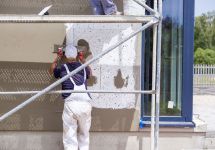Which insulation material to choose, wool or polystyrene? - differences in materials
Mineral wool or polystyrene? This question is asked by most investors and the answer is not easy at all. It’s impossible, however, to say unequivocally which one is better. One should rather say for what purposes and how is it better than its competitor.
As far as the basic feature of any insulation material is concerned, i.e. an ability to prevent heat losses, we have a draw. In both cases the value of the heat transfer coefficient (λ) accounts for about 0.040 W / (m·K). Simultaneously, both polystyrene and wool can be purchased in slightly better versions with lower lambda. Such material is more expensive per 1 m3, but its layer may be thinner, making the final insulation cost of 1 m2 of facade, with standard and graphite polystyrene, almost unchanged.
Differences between mineral wool and polystyrene
In recent years vapour permeability, commonly called “breathing”, has been emphasized as a key factor of walls and insulation systems. Here, the differences between wool and polystyrene are really big. Wool features very low diffusion resistance, i.e. water vapour in the air can penetrate it practically without any obstacles. In contrast, polystyrene forms a layer with negligible vapour permeability. However, high vapour permeability in itself is neither an advantage nor a drawback. In fact, it is not about water vapour going through walls as much as possible, but so that it does not condense in the wall when the temperature drops. This can be achieved both by insulating with wool and polystyrene. However, this requires adequate selection of all layers of external walls - from an interior plaster and paint to a facade plaster and paint. First of all, it cannot be that water vapour penetrates walls in large quantities, but cannot be released due to exterior plaster or another layer featuring low vapour permeability. That is why it is not allowed to apply acrylic plaster on vapour permeable wool, which forms a kind of barrier. For this reason it is only applied on polystyrene. However, the other way round, i.e. applying vapour permeable plaster, e.g. siliconesilicone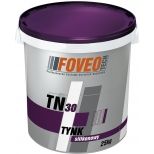 TN 30 Silicone RenderSee more or silicate, on walls insulated with polystyrene is not a problem at all and contributes to no harm to the walls of our home.
TN 30 Silicone RenderSee more or silicate, on walls insulated with polystyrene is not a problem at all and contributes to no harm to the walls of our home.
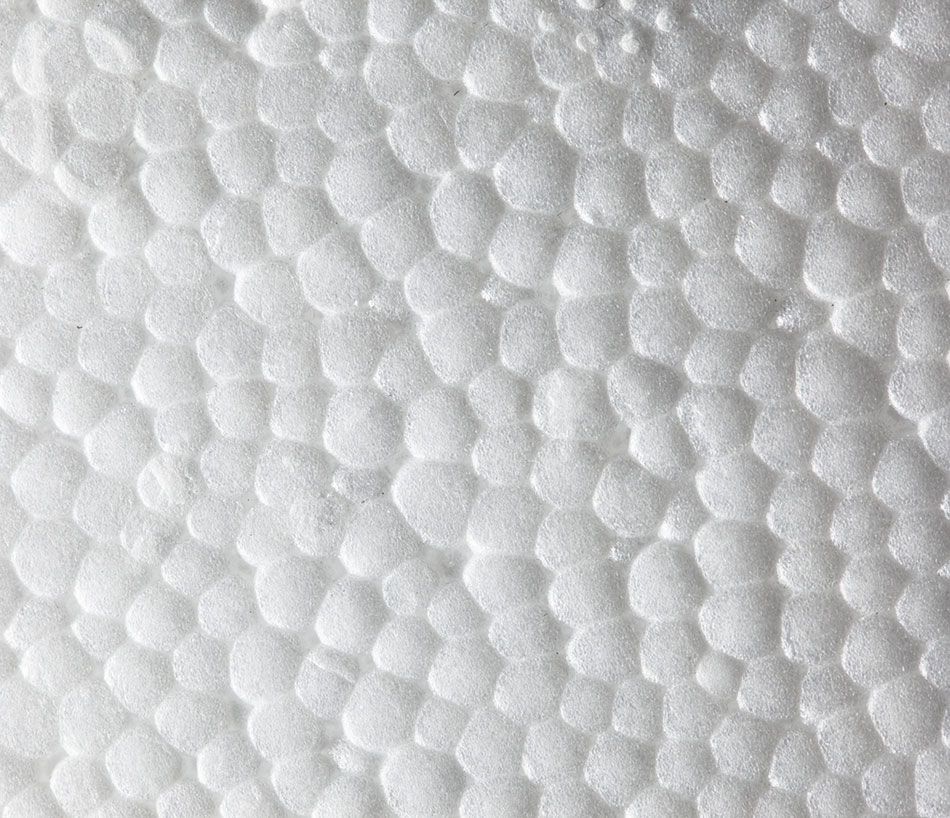
Wool and polystyrene absorption
From a practical point of view, the difference in wool and polystyrene absorption is extremely important. This factor requires a team conducting the wall insulation a slightly different approach to work. Polystyrene features very low absorption and its soaking on the facade is not a problem. Water cannot penetrate the material and dries pretty quickly. On the contrary, mineral wool is very sensitive to moisture and its soaking is absolutely unacceptable. It also applies to sheets of lower absorption, i.e. hydrophobized. Therefore, it is only possible to start insulation works with wool when the building is roofed, flashing works completed, and at least temporary gutters installed. Facades with wool installed but without plaster (render) should be protected against rain, by applying e.g. a film on the scaffolding.
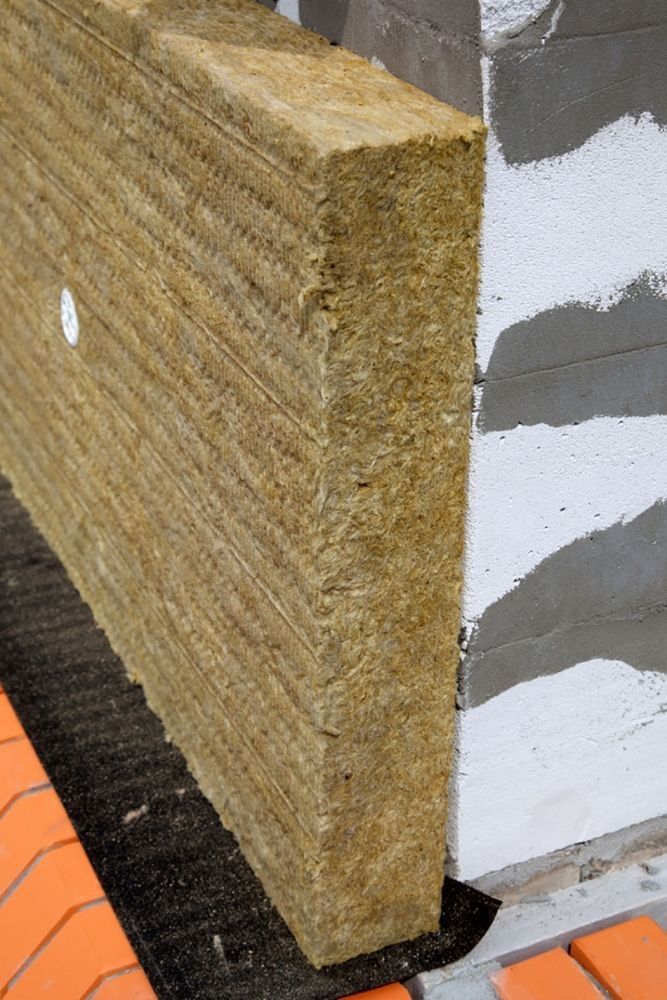
On the contrary, polystyrene, especially the graphite one i.e. dark, also requires protection but this time against sunlight, as rain is not hazardous at all. Sun-heated sheets (boards) are deformed, which in extreme cases even leads to their separation from the substrate, as the fresh adhesive bond breaks.
Insulation installation
Installation involves another significant difference. The layer of hard mineral wool used during insulation of wall weighs several times more than polystyrene. This requires more efficient fixation; therefore, steel anchors are used for wool and plastic ones for polystyrene.
It is also important that mineral wool, even in the form of hard sheets (boards), is a permanently elastic material, whereas polystyrene boards are solid. Wool elasticity facilitates its application on tiny irregularities of the substrate and tight fitting. The greatest difference is when there is need to insulate a wall which is not flat. For example, it can be a semi circular bay window. It’s possible to fit wool to this surface, but polystyrene not.
It’s worth paying attention to two construction myths and facts. Mineral wool is a non-combustible material. Construction polystyrene is self-extinguishing, which means that it melts , smokes and burns as a result of the fire, but after cutting off the source of fire it goes out itself. This feature is of practical significance in multi-storey high buildings, but not in single-family homes. In addition, a vast majority of fires are triggered by burning furniture and home appliances.
Another issue is acoustic insulation of materials. It is now generally believed that mineral wool dulls sound a lot better than polystyrene. It is true only for the following walls:
- three-layer;
- stud;
- insulated via light method, i.e. wool insulation with siding, planks etc.
If we consider the most popular in our country two-layer walls finished with a thin-layer plaster, there is no discernible difference between wool and polystyrene.
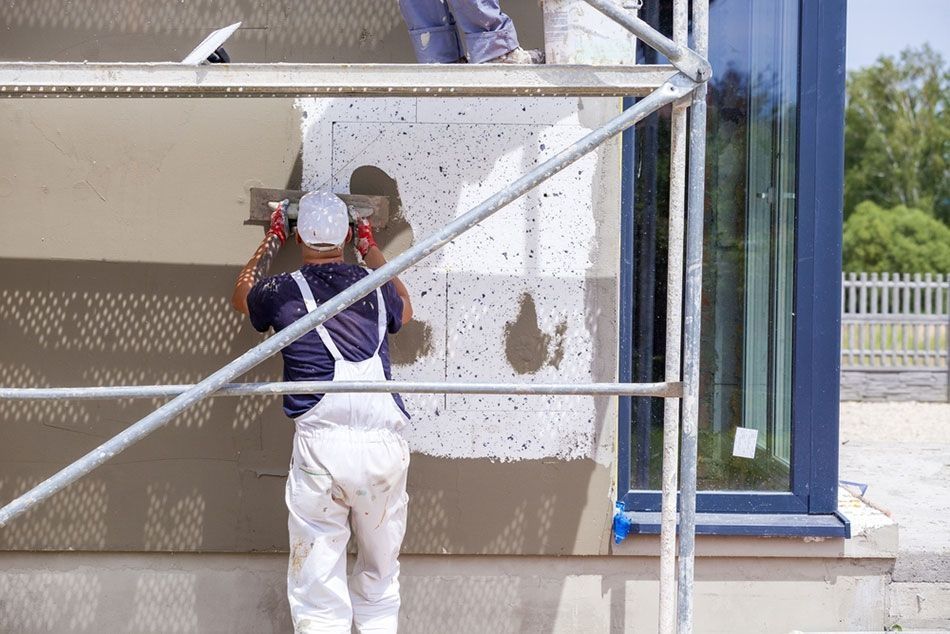
Finally, what materials to choose for facade insulation? Polystyrene is the most common material since is it half of wool price. Moreover, it can be finished with popular and inexpensive acrylic plaster, which cannot be applied on wool.
